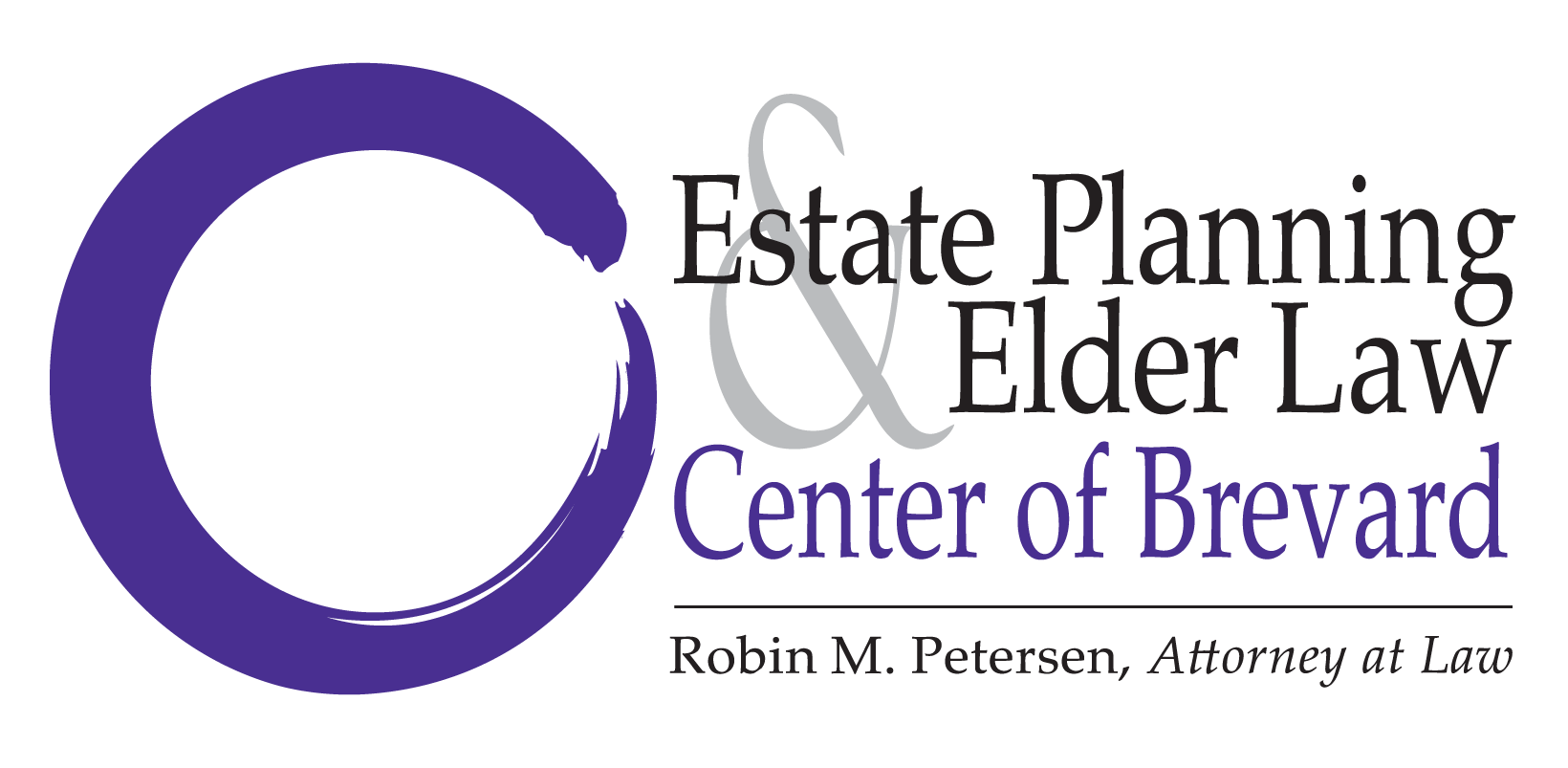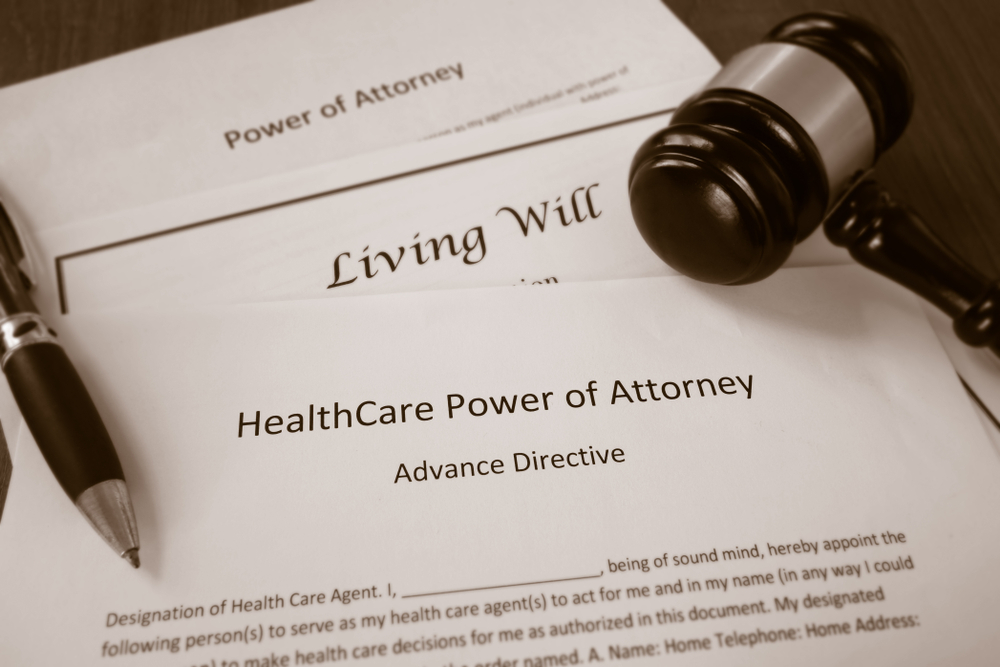Many Americans are worried they won’t have enough money saved to retire, and a cohort…

How You Should Address Abuse in Senior Living Facilities
If you have an elderly family member or friend living in an assisted living or skilled nursing facility, it is imperative that you stay attuned to the signs of abuse to your loved one. The National Center on Elder Abuse reports the most common types of abuse include physical (29%), psychological (21%), gross neglect (14%), financial exploitation (14%), and sexual abuse (7%). While the facility’s staff perpetrates the majority of these abuse cases, 22 percent of cases are a result of resident on resident abuse. However, these statistics reveal only part of the story.
While abuse of senior residents is not the norm, according to McKnight’s Senior Living, it is a persistent and pervasive problem. Federal and State lawmakers are emphasizing the role of regulations and public policy to identify and decrease the abuse of residents while continuing to improve care quality. Once a comprehensive set of US standards for care are established, facility owners and employers will have to adhere to the best practices as outlined in order to be in compliance and eliminate resident abuse.
Besides elder abuse being a persistent and systemic problem, it is also an under-reported one. Because it is under-reported, statistical data integrity is suspect. Typically, the resident who encounters abuse is 65 years or more, and the vast majority of those who are especially at risk exhibit moderate cognitive impairment or are living with dementia. Because of their medical conditions, these seniors are often unable to communicate about or report the abuse they experience, and so it continues unabated and without consequence.
To address the abuse problem requires a multi-pronged strategy. Raising awareness of abuse and educating family members, caregivers, and managers to look for signs of abuse every day with every resident is crucial. Knowing the signs of neglect and abuse include skin tears, multiple fractures or long bone fractures as well as a resident’s inability to explain bruises. Bruising of the chest, breasts or genital regions, a sexually transmitted disease, bloody discharge, and unusually stained underwear are signs of sexual abuse. Medical neglect or abuse manifests itself both physically and psychologically. Symptoms include a resident’s poor hygiene, unintended weight loss, and dehydration. Other symptoms are marked by suspicious wounds, and poor case management of medical conditions, unmonitored prescription medications, depression, anxiety, and social withdrawal.
Certification and licensing verification, as well as criminal background checks, should be mandatory before hiring employees or volunteers to work with residents. Those individuals found guilty of any form of abuse or who have disciplinary action against their professional license should not be considered for hire. All qualified new hires should be trained on the facility’s abuse prevention policy before working with residents, and continuing education about abuse should be mandatory.
Training should encompass all aspects of potential resident abuse, mistreatment, and neglect for all staff and volunteers. Topics to cover should consist of ways to identify those residents at risk, recognizing the signs of abuse, how to properly report the violation without fear of reprisal, and understanding the Resident Bill of Rights. Staff should be trained on how to respond appropriately to difficult resident behaviors and recognize symptoms of caregiver burnout in themselves or other staff members.
Prevention policy should cover a range of procedures. Before a resident moves in, there should be an assessment made about their potential vulnerabilities. Continuing evaluations and documentation of any resident changes should be routine. Appraisals should include a review of the facility’s physical environment, number of residents, and requirements as to the risks of guarding against admitting a predatory offender as a resident. All of these preventative strategies are guided by specific Federal, State, and statutory requirements.
Reporting and response time are critical when abuse is alleged particularly in the case of serious bodily injury. Generally, most State laws and statutory requirements deem that within two hours of such an abuse a report must be filed. If abuse is not alleged and there is no evident serious bodily harm, the general rule is that it should be written up within 24 hours. Reports are filed with the facility’s executive director, state authorities, and law enforcement. Families should always be notified of allegations of or signs of abuse.
By employing these prevention techniques, focusing on policies and procedures as well as ongoing educational training, senior care residences can become a living environment where resident abuse is an unlikely event. Managing abuse risk is a significant factor in successful senior living. If your loved one is in a senior living facility, be sure to understand their vulnerabilities and the policies and procedures in place to prevent abuse.
If you have questions or would like to talk about your situation, please don’t hesitate to contact the Estate Planning and Elder Law Center of Brevard by clicking here to send us a message or call us at (321) 729-0087.



